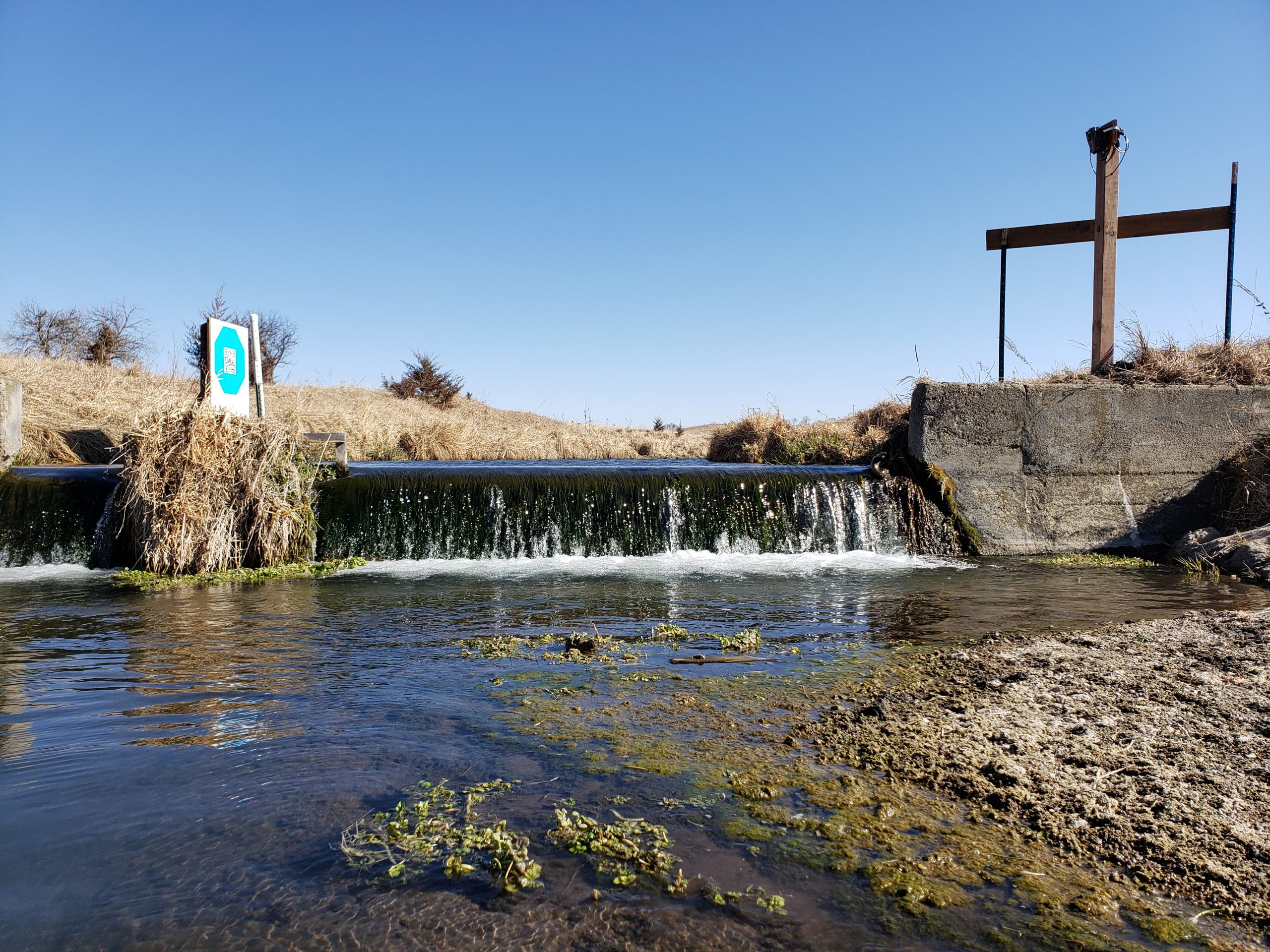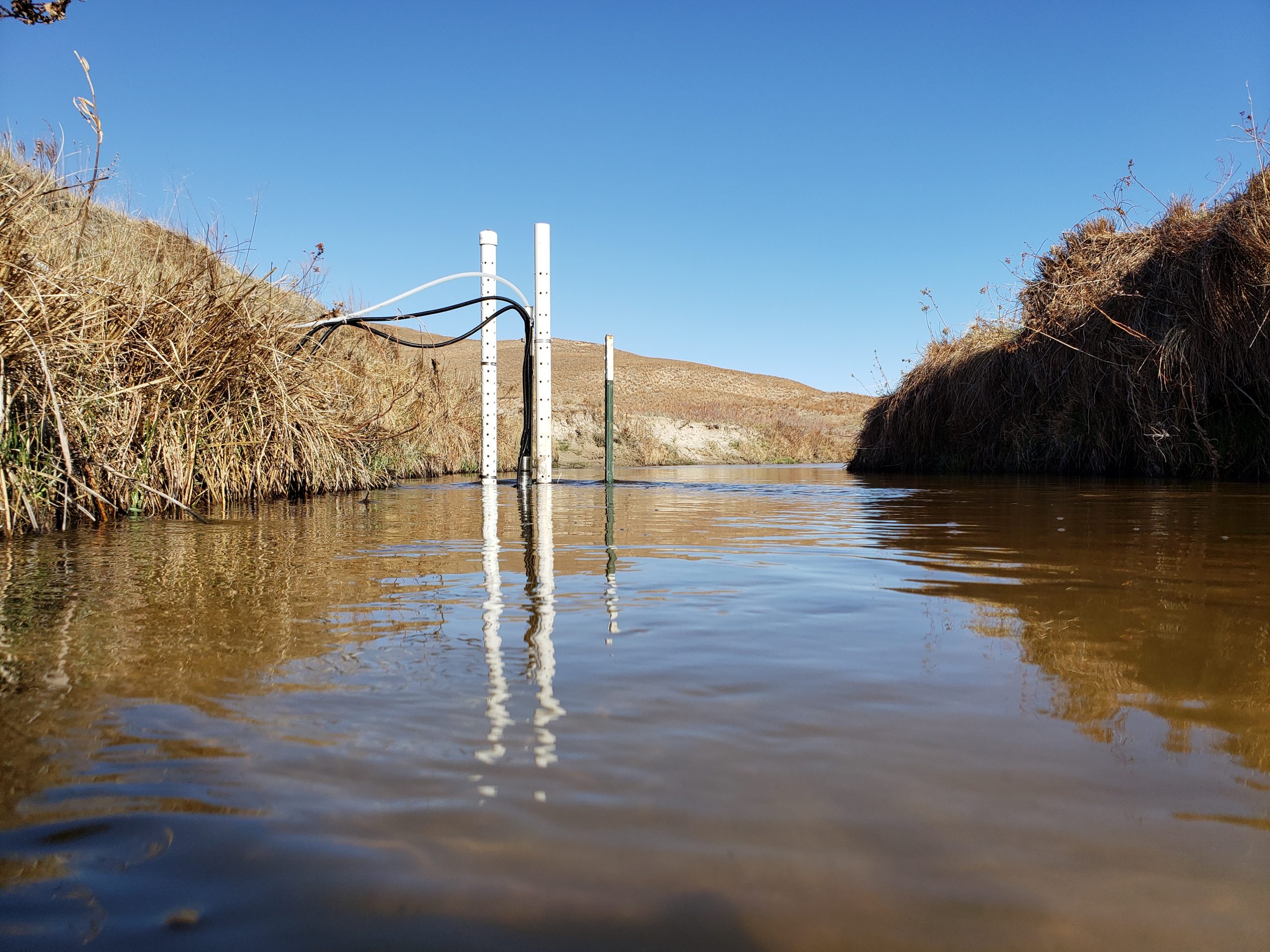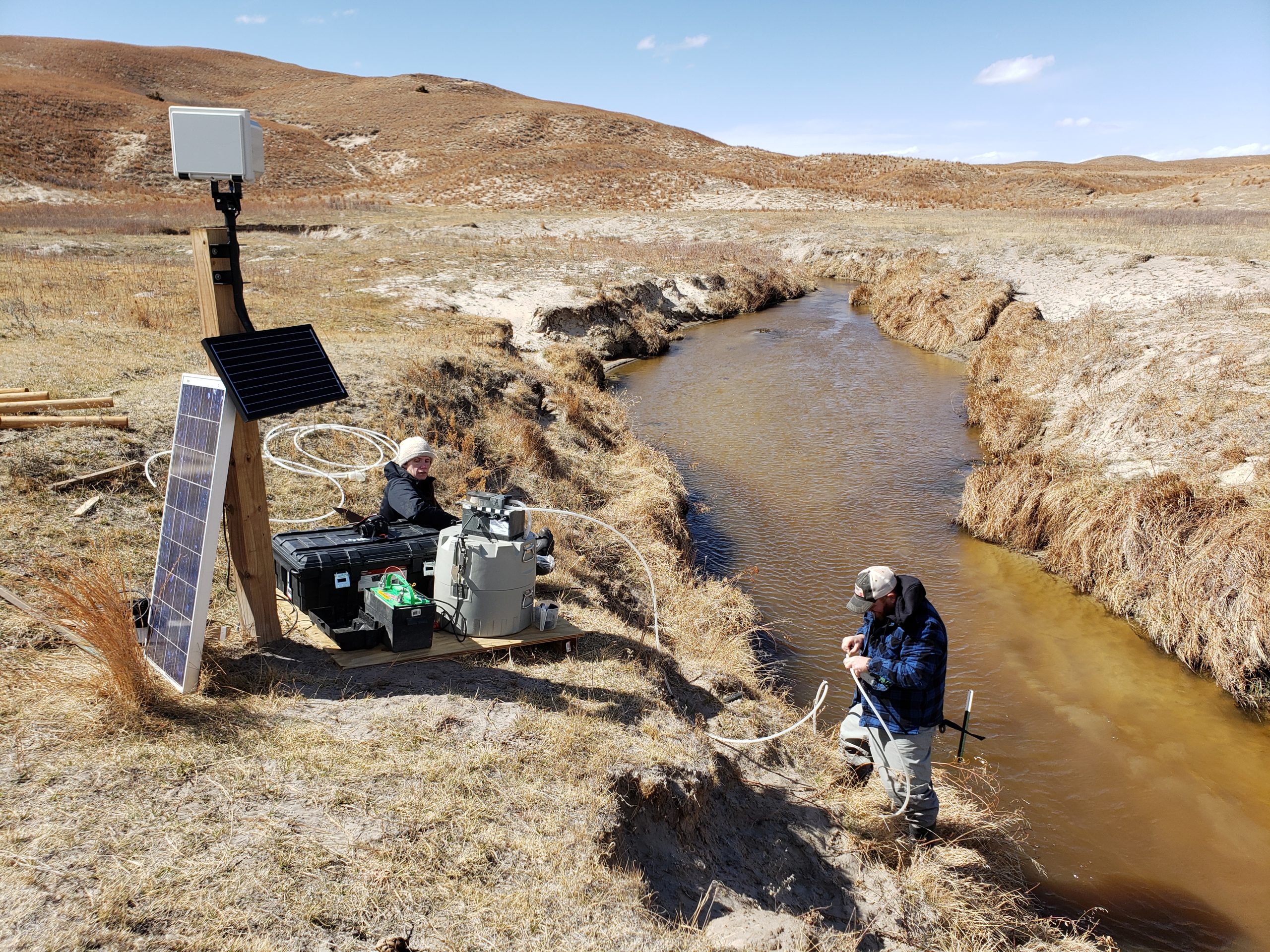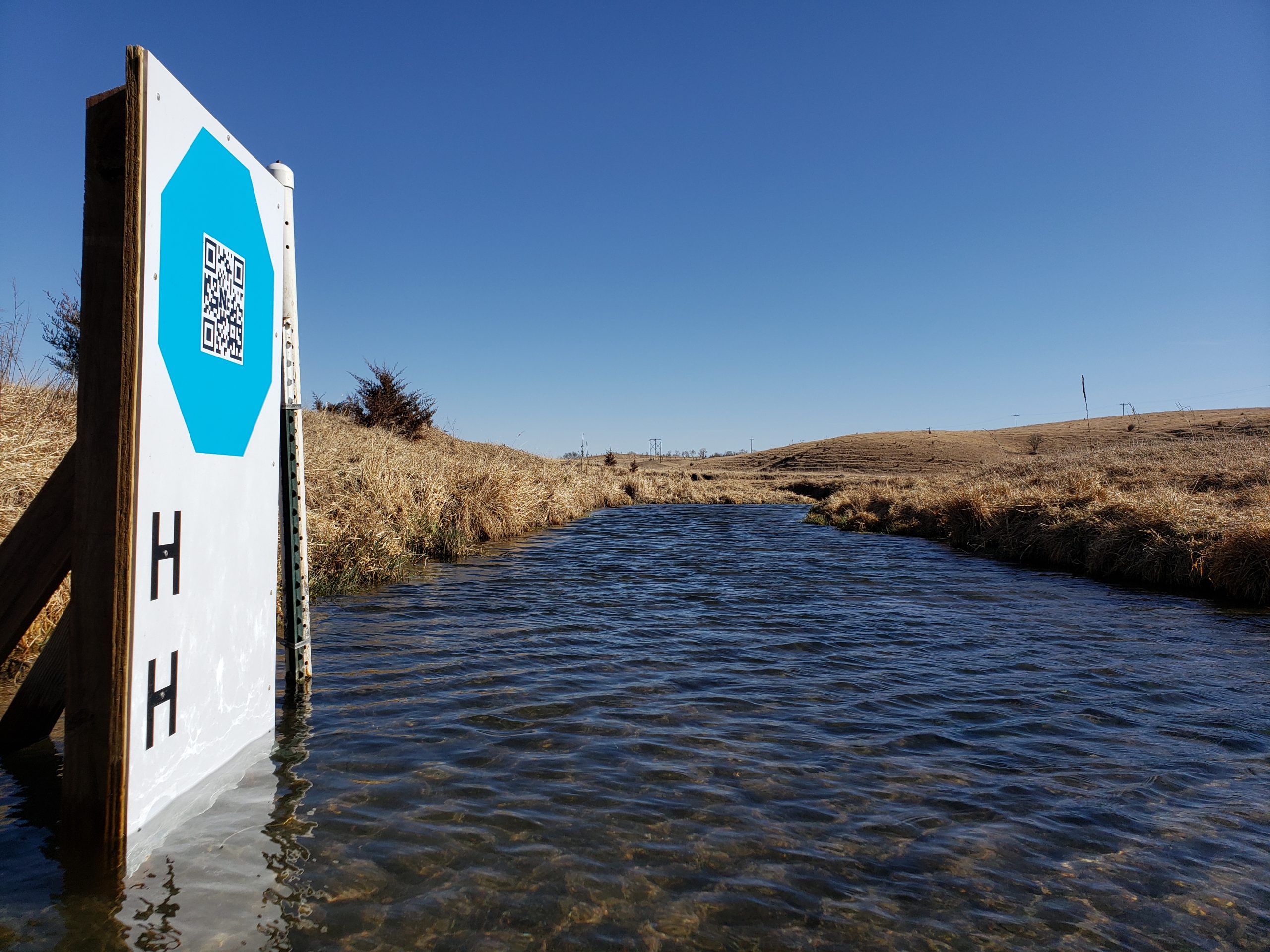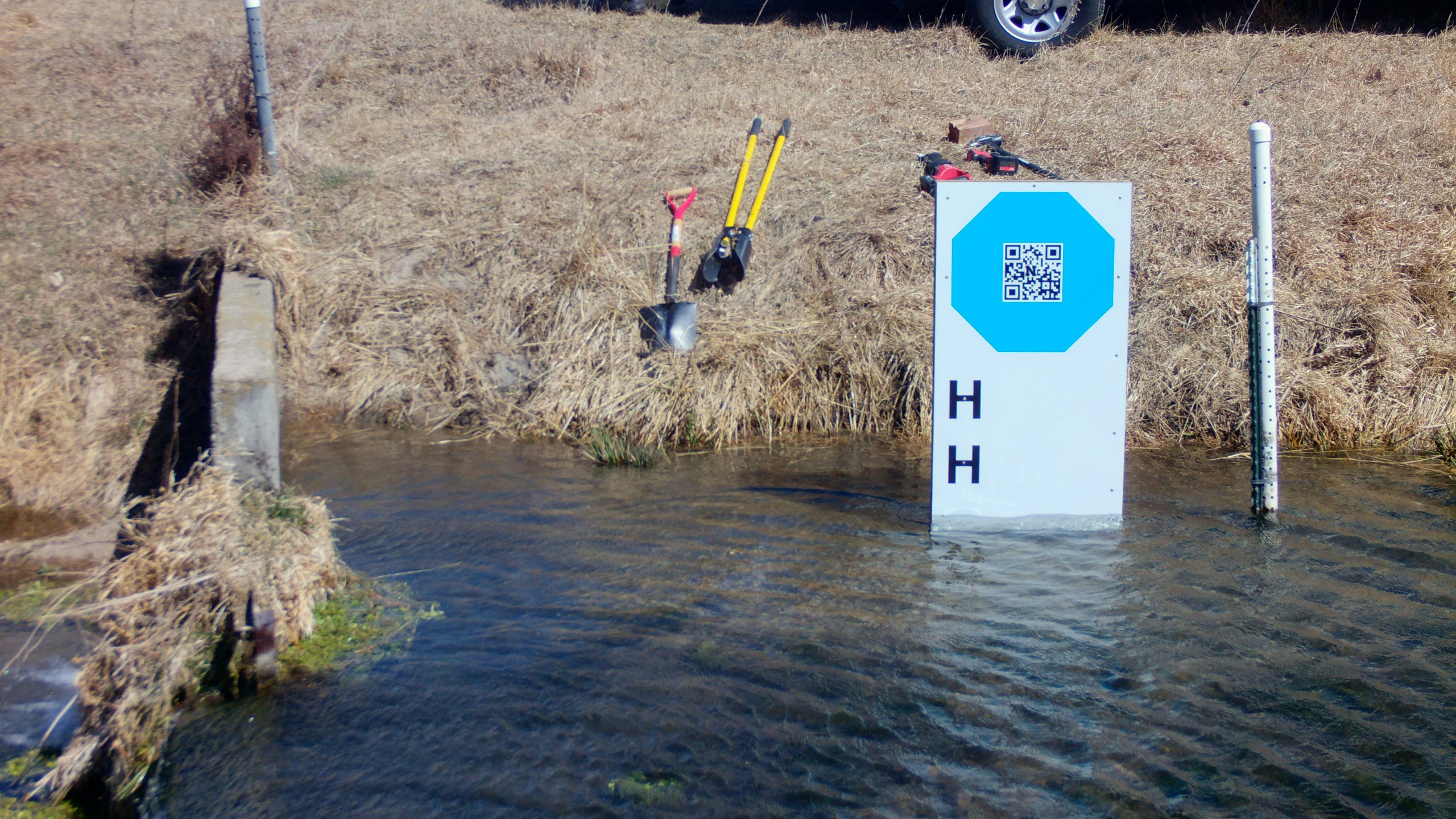Hydrologic modelers like to say “all models are wrong, but some are useful.”
And more recently (via @bisnotforbella), “All models are wrong but some I am emotionally attached to.”
Those of us working on GaugeCam have an emotional attachment to bowties. Because bowties are the shapes that have helped us model the real world by relating pixels in an image to real locations in the image scene.
This post is the first in a series that will explain the history of this emotional attachment, and why it may change in the future.
First, a step back to 2009. Here are some of the first calibration target designs we tried. Circles, bowtie-ish circles, and secchi disk shapes. Tossed in with some horizontal lines to test our water line finding algorithms.

Our first testing used 5.5-inch circular patterns. We did this work in the lab and in the field. Below is the Pullen Park site where we eventually installed two columns of circular fiducials.
Along with the calibration shapes, we had to test line find algorithms to detect the water line. We had some hits and some misses, both in the lab and field.
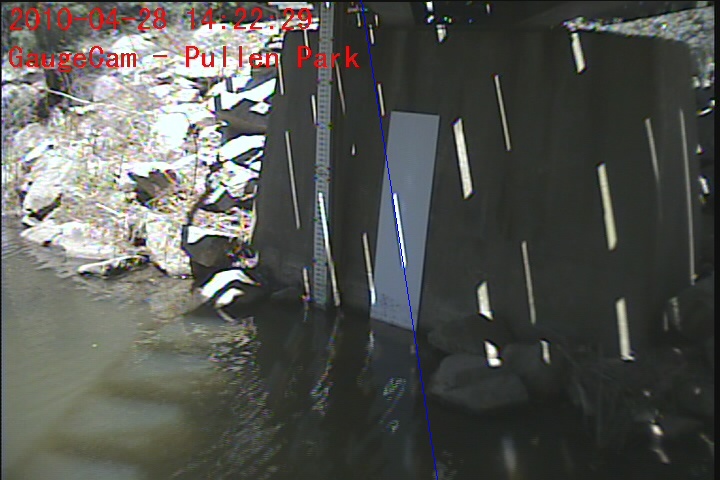
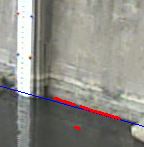
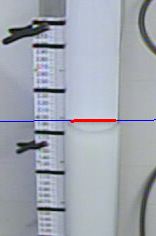

In the images above, you can quickly see why we were looking for calibration patterns other than classic staff gauges. Our low resolution images at the time didn’t help, but it was very clear that the intuitive idea of just putting staff gauges in the image scene for calibration was not our best path forward.
By 2011 we had developed and tested bowtie targets using both benchmark patterns (synthetic water lines) and real water levels in the lab at North Carolina State University. We presented these results at the American Society of Agricultural and Biological Engineers Annual Conference in Louisville, KY.
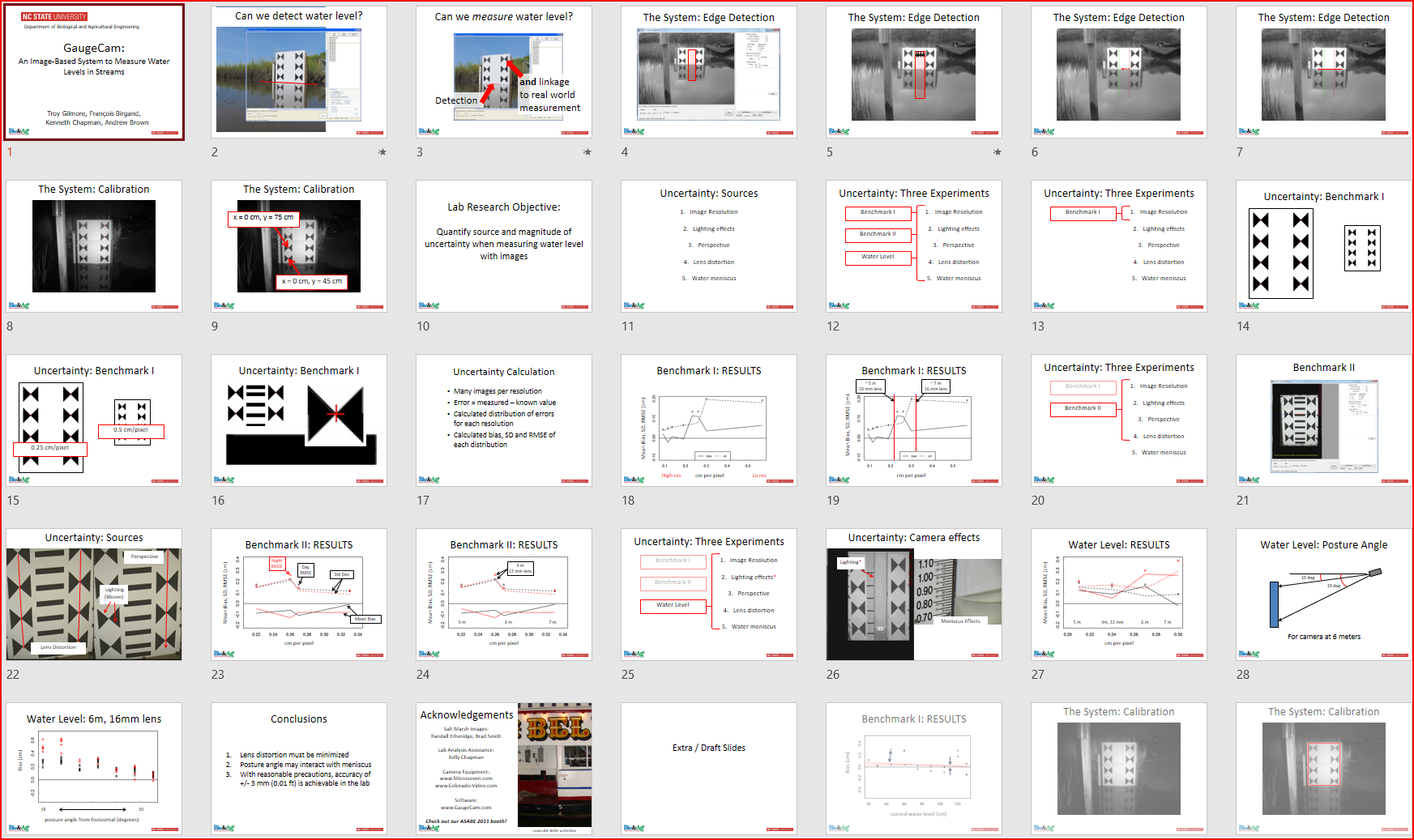
Honestly, these are great memories. This was my undergraduate research and some of the early research in the Birgand Lab at NCSU. We also had great volunteers on the project, most notably Ken Chapman, who brought the machine vision and software programming skills necessary to create GaugeCam.
Bowties are still central to our work. But be sure to check back to find out how we’re moving GaugeCam forward!

